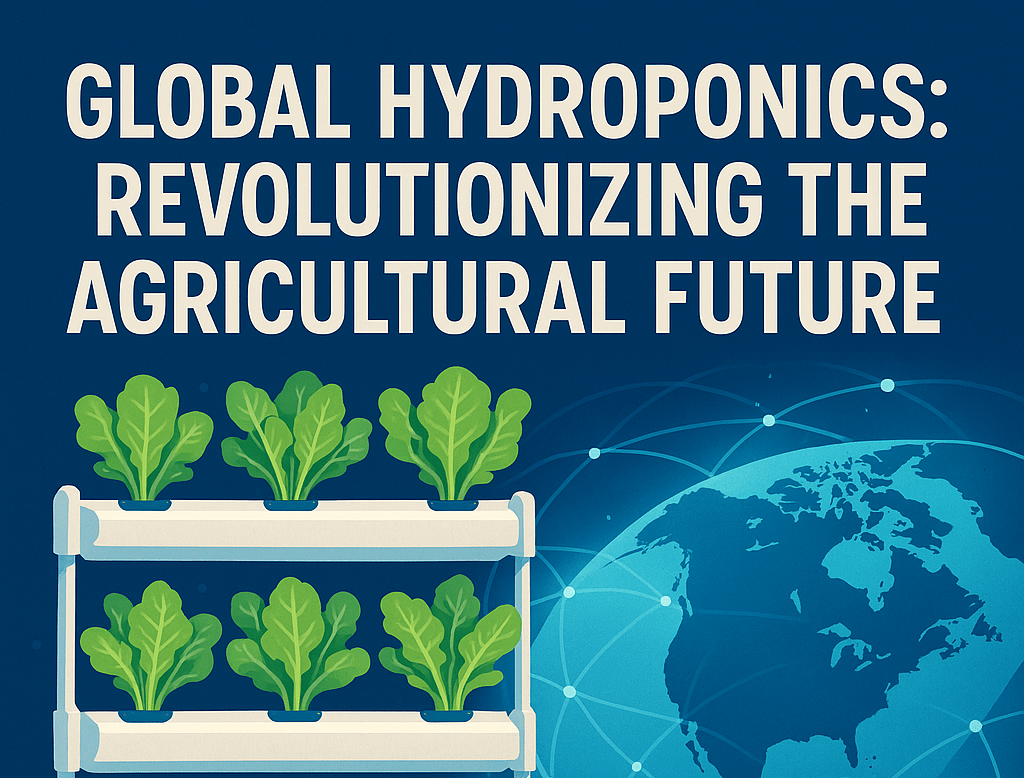Global Hydroponics: Revolutionizing The Agricultural Future
Agricultural techniques have changed from traditional to advanced methods with soilless and sustainable farming becoming more prevalent to shape the future of crop production. Hydroponics is promoting sustainable farming address the challenges of climate change, land and water scarcity, and soil degradation. With such limitations, conventional farming techniques are insufficient to meet the rising global demand for food security. Governments and farmers face immense pressure to produce more crops and hydroponics come to their rescue. This is actually an innovative way of growing crops without soil! Instead, innovative and effective water solutions rich in nutrients are used. This specific methodology is fast gaining popularity and changing the agricultural ecosystem.
In this article, you will learn how hydroponics has become an indispensable and efficient alternative in modern farming landscape along with its benefits and global impacts. Additionally, the article explores how businesses can capitalize on this innovative agricultural trend.
This is actually an innovative way of growing crops without soil! Instead, innovative and effective water solutions rich in nutrients are used. This specific methodology is fast gaining popularity and changing the agricultural ecosystem.
In this article, you will learn how hydroponics has become an indispensable and efficient alternative in modern farming landscape along with its benefits and global impacts. Additionally, the article explores how businesses can capitalize on this innovative agricultural trend.
A Brief about Hydroponics
Let us start with a brief introduction on hydroponics and understand the science behind this soilless farming technology. Hydroponics technology is an advanced way of producing crops without requiring land or soil for it. The process utilizes water full of vital nutrients for plat growth. Therefore, this is a sustainable farming process that saves space and can also produce huge amount of crop. As a result, hydroponics is efficient in meeting the rising demand for food by the growing global population despite rapid urbanization drives causing scarcity of land. It is an eco-friendly and innovative solution that has the potential to change the future of crop production.The Science behind the Technology
The scientific principles behind hydroponics allow precise control over water supply and therefore the nutrients provided to the plants. This promotes the growth rate of the plants and increases yields and at the same time reduces use of water for irrigation by as much as 90% than traditional farming procedures. The varied types of hydroponics include:- Most commonly used drip system
- Deep Water Culture
- Aeroponics and
- Nutrient Film Technique.
